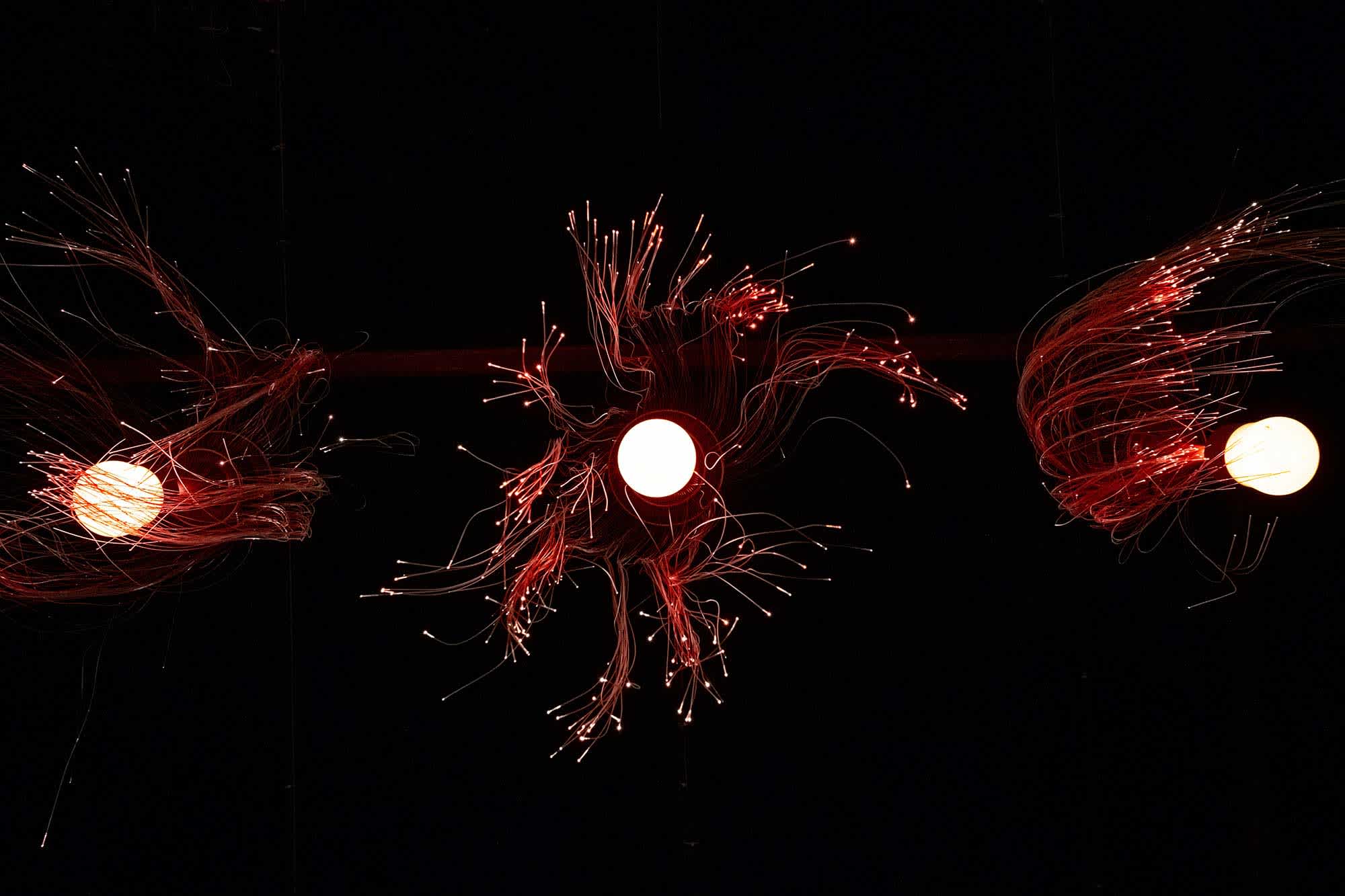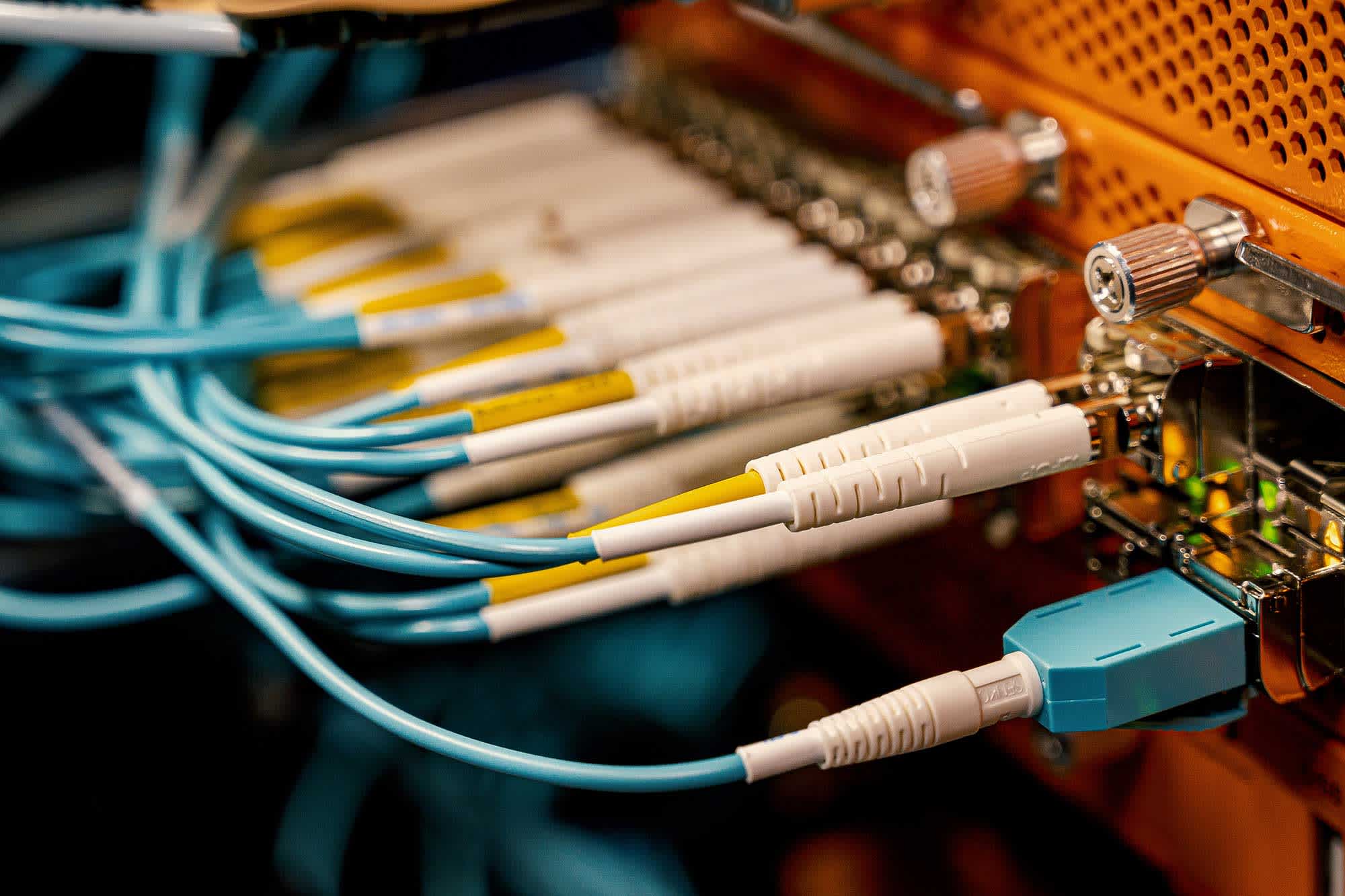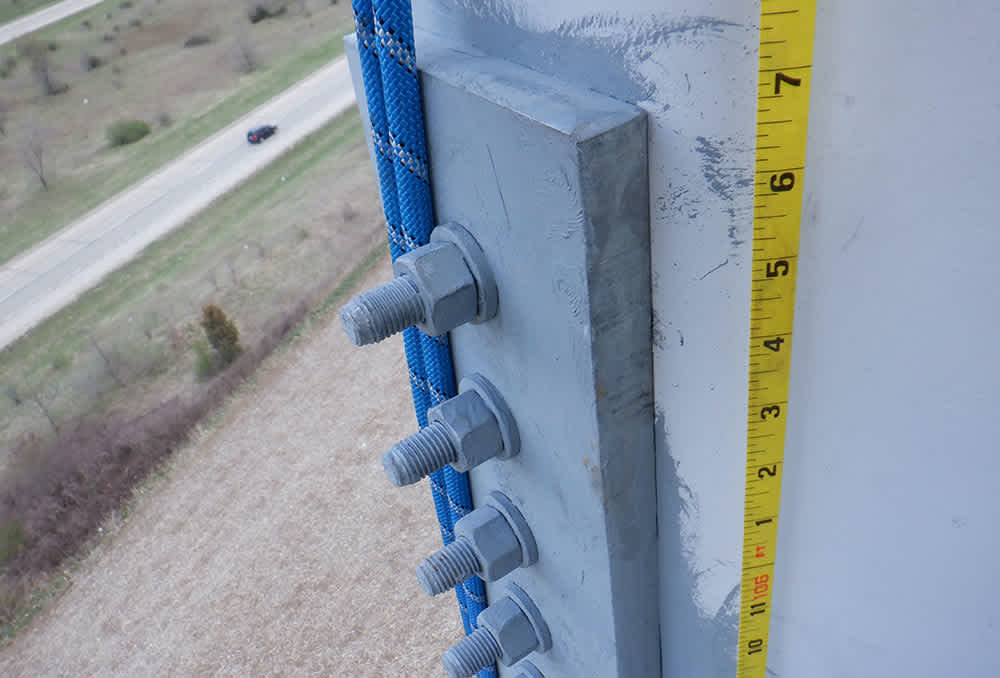
Fiber Infrastructure Solutions: Empowering Communication Networks
The Pulse of the Digital Era: Fiber Optics.
Dive into the transformative power of fiber, our commitment to bridging communities, businesses, and individuals at unprecedented speeds, and shaping the future of communication.

The Fiber Edge in Connectivity
The heart of the digital era is powered by fiber optics, enabling lightning-fast data transmission via thin optical fibers. Utilizing the principle of light signals and total internal reflection, fiber optic cables offer unrivaled speeds in transmitting voice, video, and data, ensuring minimal signal loss across vast distances.
Beyond Speed: The Advantages of Fiber
Not just renowned for its high-speed capabilities, fiber optics boasts a resilience against electromagnetic interference, guaranteeing consistent connections without typical disruptions. Its non-electrical nature further adds a safety dimension, especially in electrically volatile environments.
Crafting Robust Fiber Networks
The fiber optic infrastructure is a masterful blend of strength and precision. Catering to varied bandwidth needs, single-mode and multimode fibers form its core. More than merely laying cables, it's about setting up a robust network capable of addressing the ever-growing data needs of tomorrow.
Elevate with Fiber: Unrivaled Benefits
Distinct from cable and DSL, fiber uses glass or plastic-based fibers, offering truly symmetrical internet speeds for both uploads and downloads. Superior over longer distances and minimally impacted by signal degradation, coupled with ultra-fast speeds, fiber optics stands unmatched in the digital communication domain.
How We Serve the Fiber Industry
From our clients
Dustin Heine, Project Manager, MUTI
Wayne C., Texas Public Radio
Fiber Industry Challenges & Solutions
Signal Loss in Optical Fibers
Signal loss, or attenuation, can affect the quality of transmitted data over long distances. It's a common challenge in fiber optic cabling. The use of single-mode fibers is beneficial for minimizing signal loss over longer distances. These fibers allow only one mode of light to propagate, resulting in lesser dispersion of the optical signal.
Electromagnetic Interference
Electrical appliances or systems can cause electromagnetic interference affecting the performance of fiber optic cables. Unlike copper wires, fiber optics are immune to electromagnetic interference, given they transmit light signals rather than electrical signals. This property ensures consistent and high-quality data transmission.


Hardware and Software Limitations
The incredible speed and capabilities of fiber optics can sometimes be hampered by outdated hardware and software limitations. It's essential to invest in cutting-edge technology, updating both the hardware that manages and distributes the optical signal and the software that supports fiber optic networks.
Fiber Infrastructure Costs
Laying out fiber optic networks, especially in rural or less developed areas, can be capital-intensive. With the evolution of fiber optic technology and its growing demand, economies of scale are bringing down costs. The long-term benefits of fiber, such as faster speeds, durability, and minimal maintenance, offset the initial investment over time.
Fiber Industry Trends & Insights
Increasing Demand for High Bandwidth Applications
From medical applications to video streaming, the demand for high bandwidth is surging. Fiber optic internet, with its symmetrical download and upload speeds, is primed to meet these demands.
Integration with 5G
The next wave in mobile technology, 5G, will rely heavily on fiber optic cabling. Fiber optic cables serve as the backbone of many 5G networks, given their capacity to handle large volumes of data with minimal latency.
Emergence of Quantum Networking
The future of networking lies in quantum mechanics, where fiber optics play a crucial role. The capability of fiber optic cables to transmit data using light signals aligns well with the principles of quantum networking.


Eco-Friendly Networking Solutions
The industry is leaning towards more sustainable networking solutions. Unlike copper cables that degrade over time and are harmful to the environment, fiber optic cables offer a more eco-friendly alternative with longer durability and minimal environmental impact.
Customized Internet Plans
Telecommunication companies are offering tailored fiber internet plans based on user demands. From internet plans targeting heavy device streaming claims to those tailored for businesses requiring high-speed data transmission for large files, customization is the new trend.
Ready to Elevate Your Project?
Harness the power of SGS Corp's engineering mastery. Act now and set the benchmark for success in your industry.













